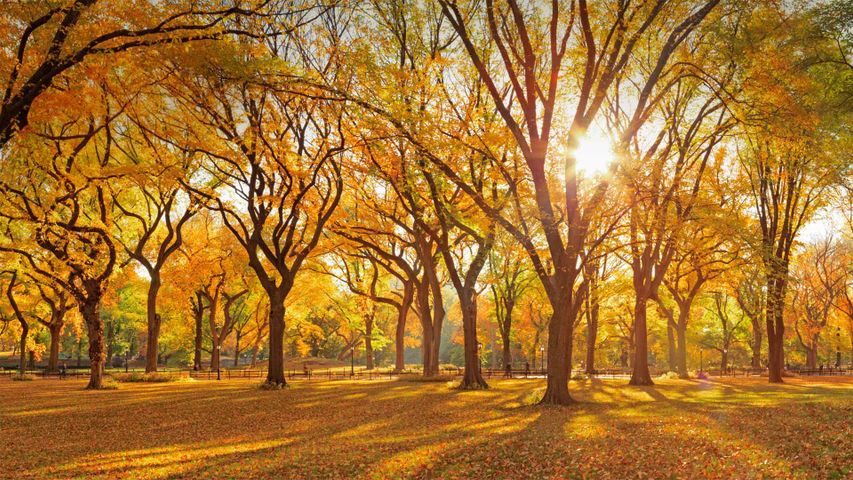Monarch butterflies wintering in Michoacán, Mexico
© Sylvain Cordier/Getty Image
The migrating monarchs of Michoacan
Probably the most recognisable of all the butterfly species, monarchs are helpful pollinators that can be found across the United States and Canada during the summer. But during the region’s autumn months, millions of these orange and black beauties embark upon one of the world's most amazing migrations. The insects make use of air currents to make the long journey south to the mountains of southwestern Mexico, a flight of up to 4,828 kilometres. Aside from being a staggeringly great distance for these delicate insects to fly, it's also a journey to a place that not one of them has ever been to before. And unlike the many bird species that undertake annual roundtrip migrations, these butterflies will never return north. Why not? Because the distance and length of the total annual migration cycle is greater than the lifespan of individual monarchs.
The monarchs travel here to the mountains of Michoacán, Mexico, in search of a safe, warm place to spend the winter. They huddle together on trees known as sacred firs, which create an optimal microclimate that ensures the temperatures don’t go too high or low. The butterflies will stay here through the winter before starting the cycle all over again in March, when they begin to fly back. After a relatively short distance, these monarchs will stop to mate and lay eggs on milkweed plants. The eggs will hatch after just a few days, eventually transforming into the next generation of adult butterflies to continue the trek north.
The annual cycle takes four or five generations of monarchs to complete, so the butterflies are following in the path most recently travelled by their great-grandparents (or so). How do they know where to go if they've never been where they're going? Scientists aren't exactly sure, but they think monarchs use the sun as a compass and are compelled to migrate to follow the flowering path of their food source, milkweed.
Related Images
Bing Today Images

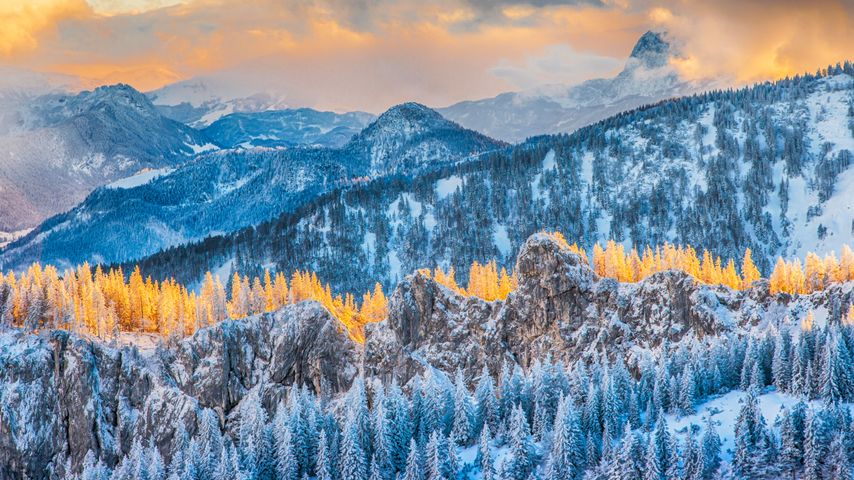
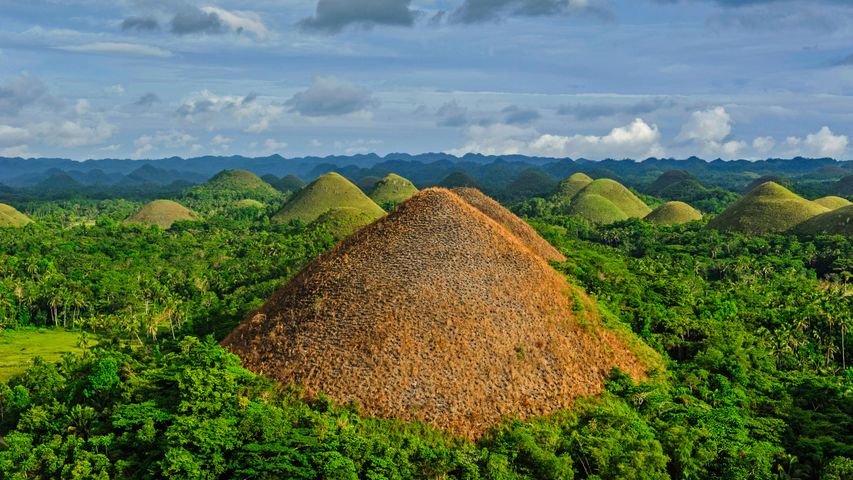

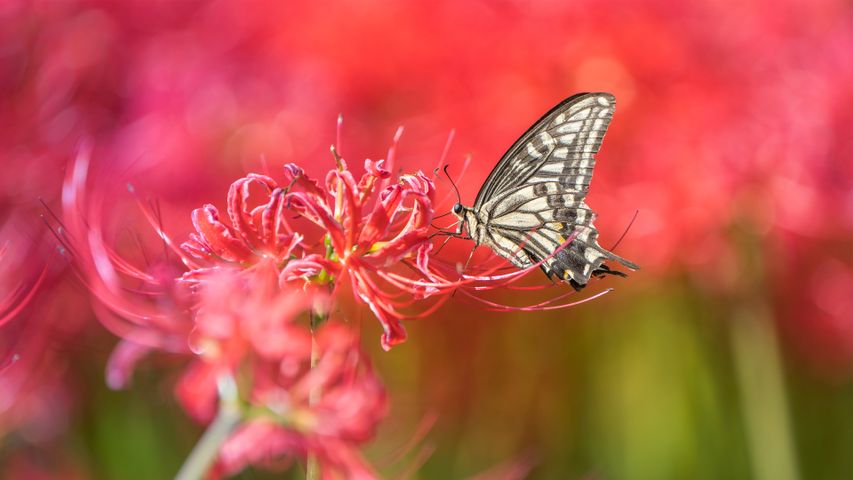 Asian swallowtail butterfly on a red spider lily
Asian swallowtail butterfly on a red spider lily
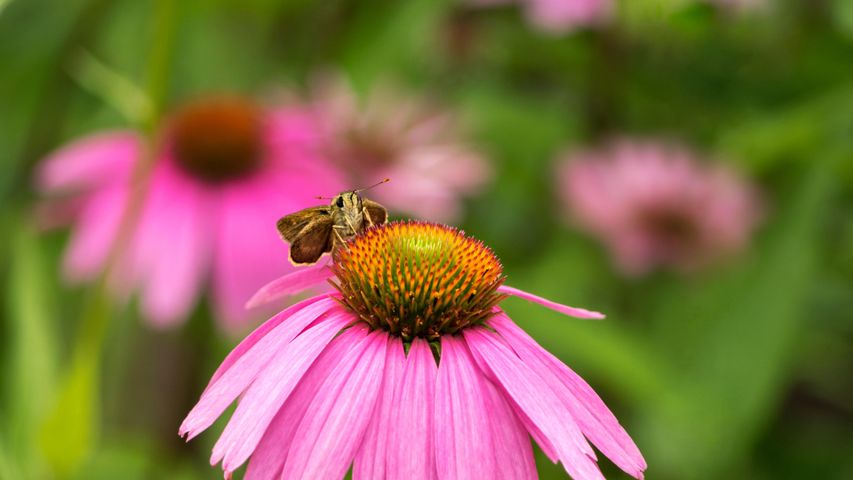 Skipper butterfly on an Echinacea flower, Rockefeller State Park, New York, USA
Skipper butterfly on an Echinacea flower, Rockefeller State Park, New York, USA
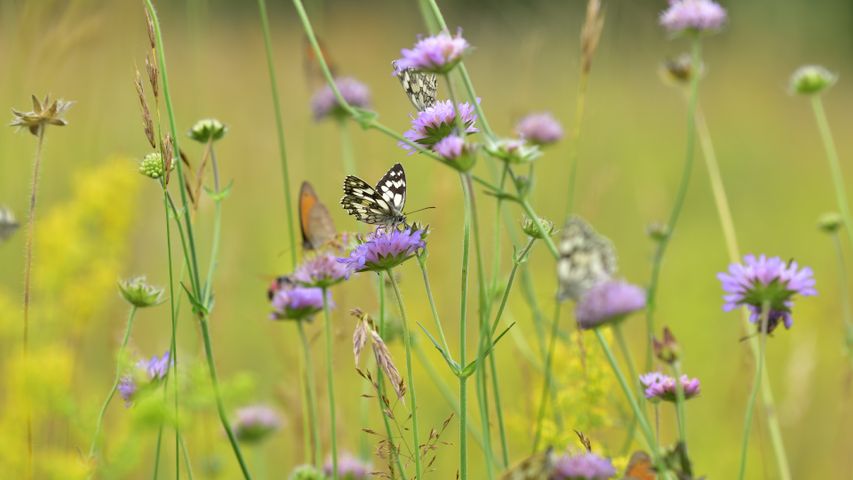 Butterflies in a meadow in Germany
Butterflies in a meadow in Germany
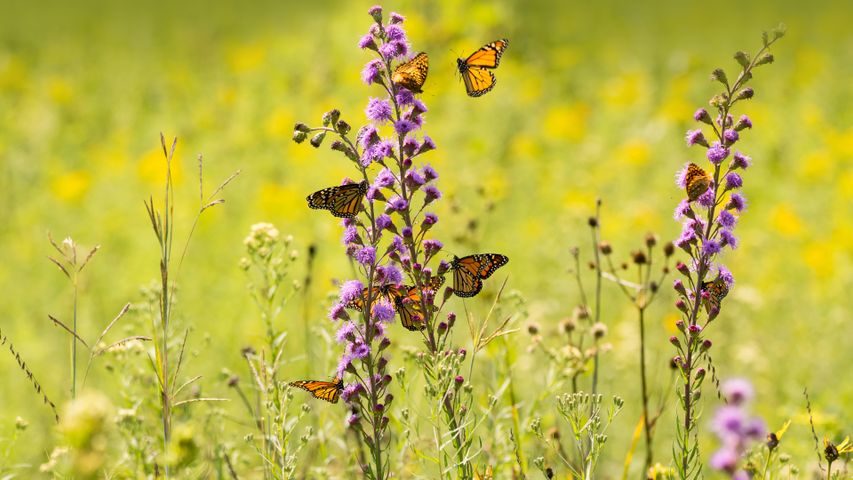 Monarch butterflies feeding from blazing star wildflowers
Monarch butterflies feeding from blazing star wildflowers
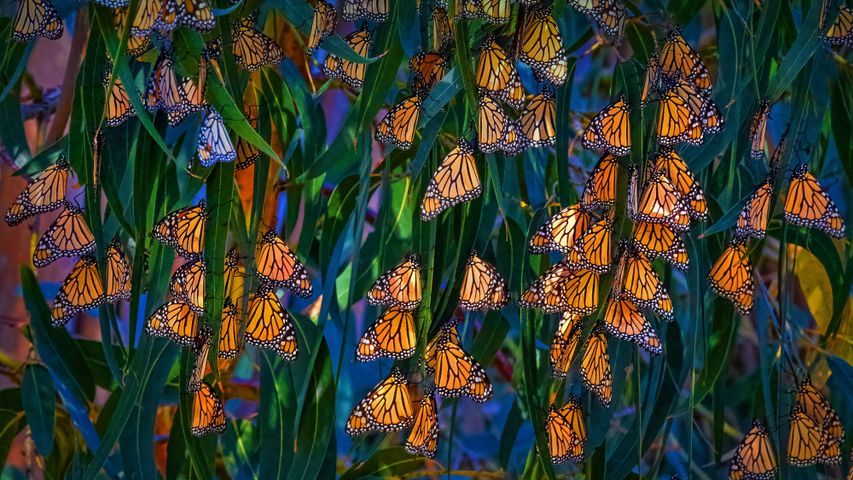 Monarch butterflies
Monarch butterflies
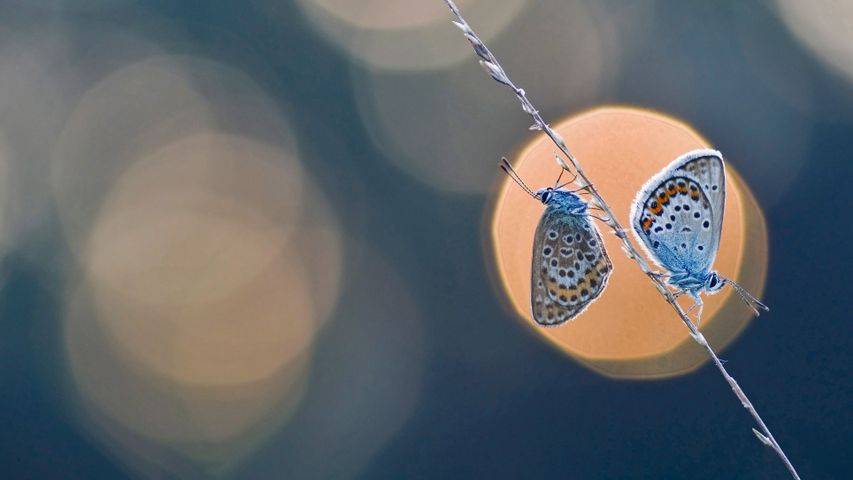 Silver-studded blue butterflies
Silver-studded blue butterflies
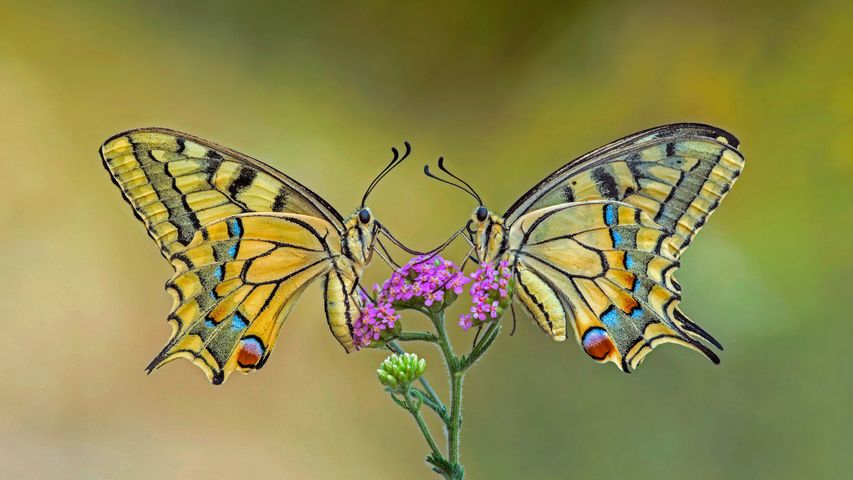 Old World swallowtail butterflies
Old World swallowtail butterflies
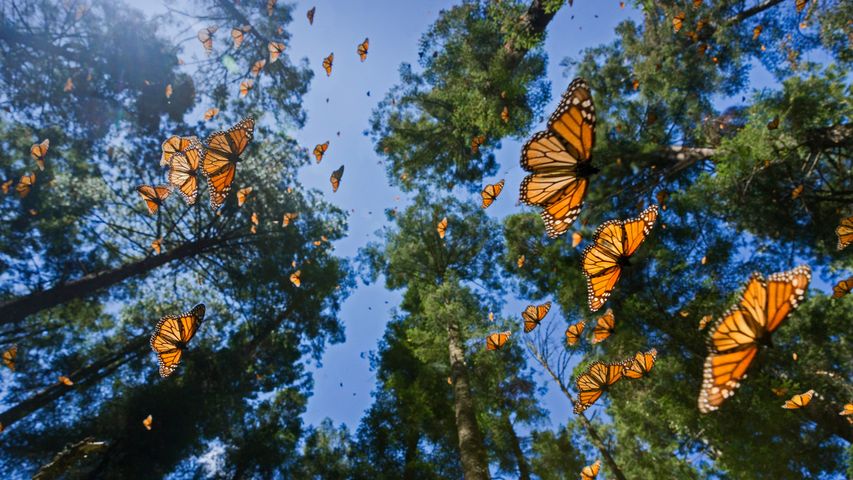 Monarch butterflies, Monarch Butterfly Biosphere Reserve, Angangueo, Mexico
Monarch butterflies, Monarch Butterfly Biosphere Reserve, Angangueo, Mexico

